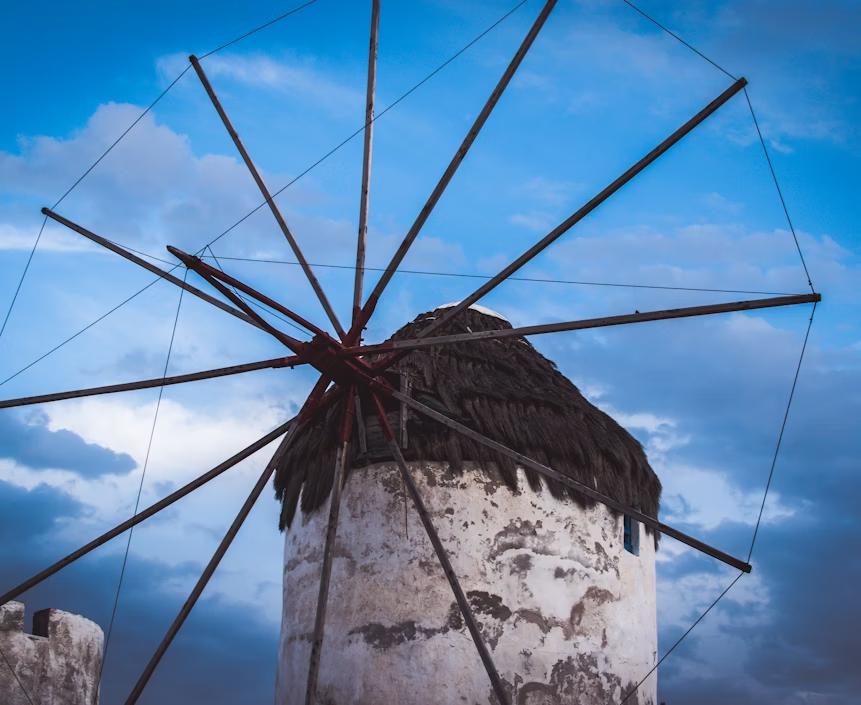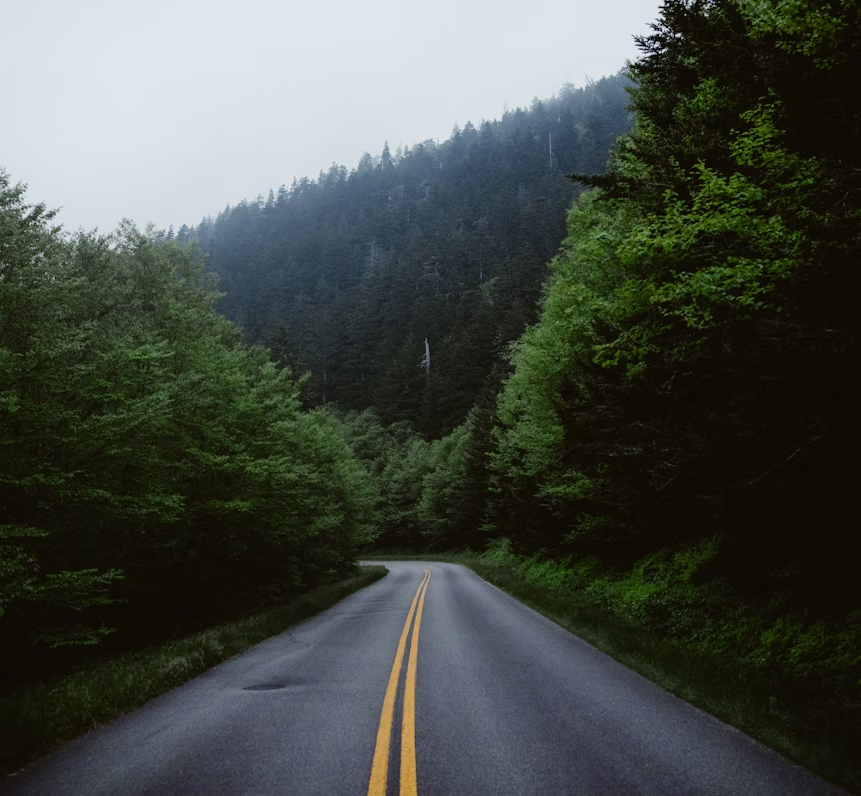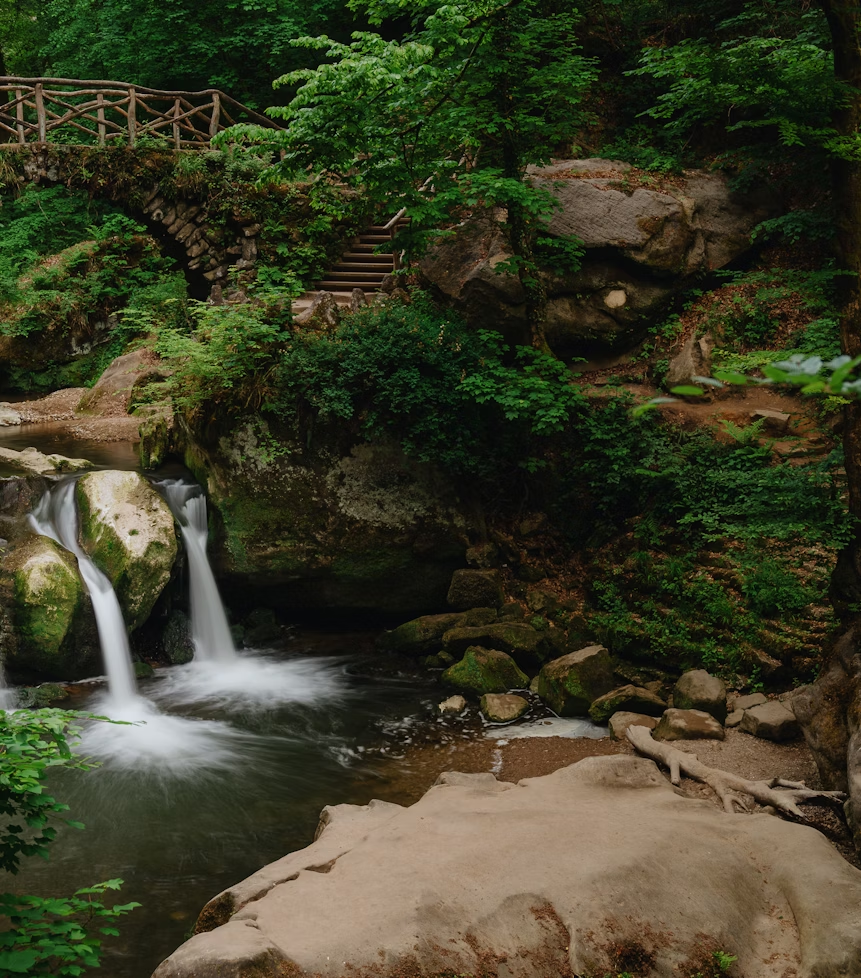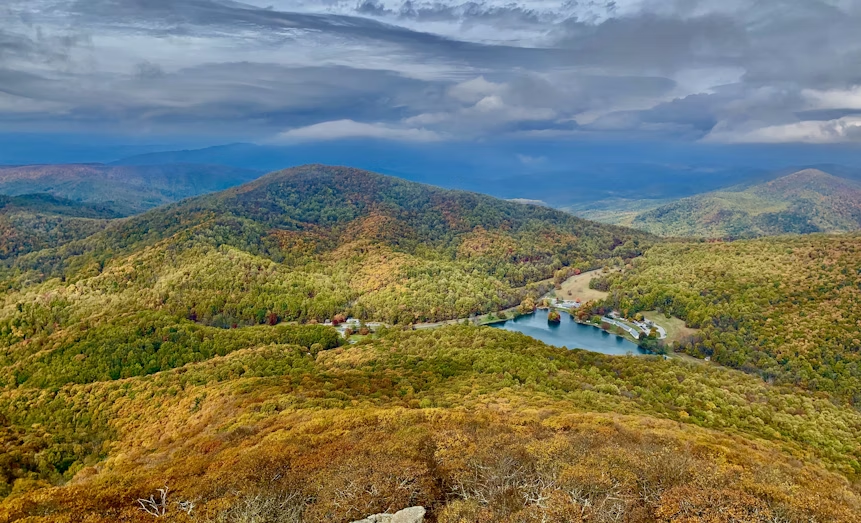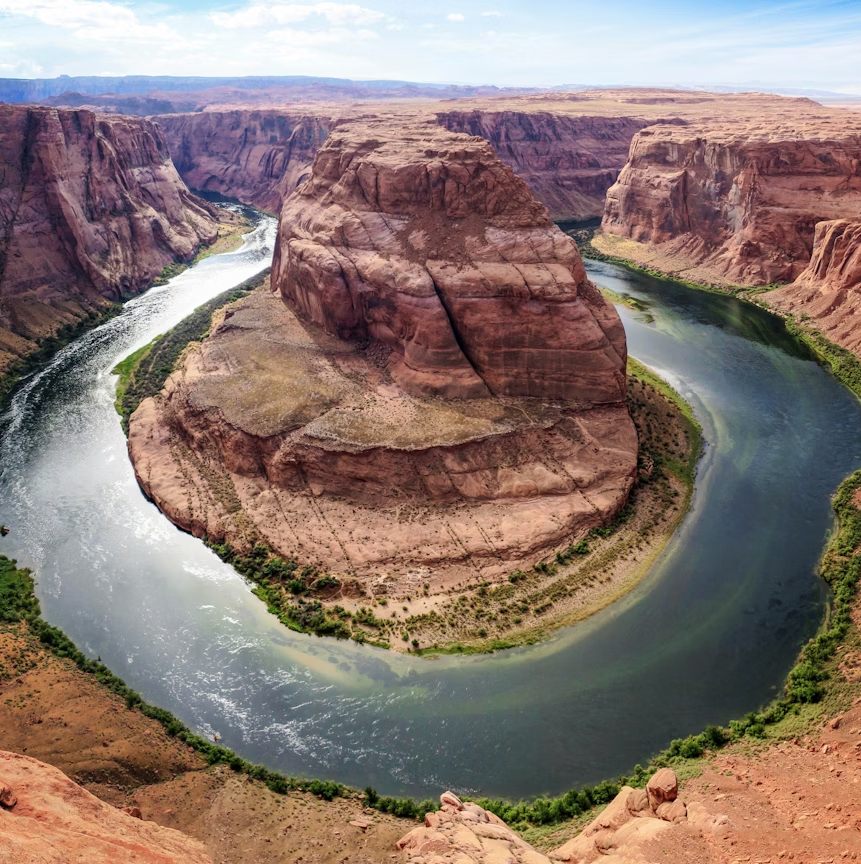
In This Blog
- When to go, Motorcycle to ride on, Weather, Routes & more - read the full blog !
- All about the famous Blue Ridge Ballet Ride
- Bonus sections on must see spots, places to stay and eat !
The Blue Ridge Ballet: Riding the Parkway from Virginia to North Carolina
A Ribbon of Quiet ThunderThere are thrilling rides, and then there are therapeutic rides. Blue Ridge Parkway falls into the latter category — a poetic stitching connecting Virginia’s mountains to the breezes of North Carolina, all 469 miles of seamless poet’s highway. No stoplights. No semis. No billboards. Just gentle turn after turn, unwinding across wildflowers, Appalachian crestlines, and a ghost from another America.
If Route 66 is myth and music, then the Blue Ridge is movement and stillness. You don’t ride it. You drift into it.
Before you read the blog we recommend all to visit the gearfinder tool (link here https://www.goodgearhub.com/gear-finder-tool ) to discover what you really need not what is being peddled to you in the name of influence and what not. At goodgearhub we don’t chase trends, brands or the herd. We are here to promote motorcycling and we were fed up of finding motivated content so we set goodgearhub so riders can review blog and videos, use the gear finder tool to assess their riding style and need then and only then shortlist what they need. To close the loop, soon we will be putting affiliate links so you don’t have to hunt where to buy from and can just visit the retailer section –
Rider Briefing: What You’re Signing Up For
Route Length: 469 miles
Start Point: Rockfish Gap, Virginia
End Point: Cherokee, North Carolina
Time Required: 3 to 5 days (if you’re doing it right)
Best Time to Visit: April to June (spring bloom) and September to November (fall colors)
Dream Bike: A comfortable tourer or a lightweight ADV – BMW R1250GS, Indian Challenger, Honda Africa Twin, or a Road Glide
Riding Challenge: Easy to Medium (no off-road riding, but plenty of slow, sweeping corners)
Riding Gear to use – For the Blue Ridge Parkway, where the elevation ranges, weather changes fast, and speed limits are low (max 45 mph), your riding gear should focus on comfort, weather adaptability, and all-day wearability — not race-track aerodynamics or heavy-duty off-road protection.
A Road Made for Peace
Commissioned in 1935 under Roosevelt’s New Deal, the Parkway wasn’t designed to be rushed — it was constructed as a healing corridor, providing Depression America a job and its future generations a reason to take it easy. That spirit still rings true today.
There is a 45 mph speed limit along the entire length. But don’t worry, you won’t be missing out on speed. The Parkway isn’t about chewing up miles — it’s about chewing ideas.The Ride, Broken Down: Section by SectionSection 1: Rockfish Gap to Roanoke (Mile 0 to 120)You start just beyond Shenandoah National Park, unrolling out of Rockfish Gap across open ridges. Mists from early morning cling to the Blue Ridge, and the woods have the scent of moss and aged earth.
This is when your head clears.
Must-Stop: Peaks of Otter — three identical mountains mirrored in the peaceful waters of Abbott Lake. Ride slowly, inhale deeply.
Section 2: Roanoke to Fancy Gap (Mile 120 to 200)
Traffic continues to thin further here. You’re under and across rolling farm country, with far-off banjo pickin’ from porches hidden behind trees. Civil War spirits whisper across the hills.
Must-Ride Stretch: Mabry Mill – an iconic photo stop with a working gristmill, weathered wood, and waterwheel turning like time itself.
Fuel Tip: Fill up near Roanoke — fuel stations are sparse once you’re on the parkway proper.
Section 3: Into North Carolina (Mile 200 to 300)Crossing into North Carolina, the road climbs higher. You’re now inside the heart of the Appalachians, and the air gets thinner, crisper, cleaner.
Highlight: Doughton Park — a table-top ridgeline where deer routinely cross the road like ghostly spirits. There is a peace here that cannot be described.
Optional Detour: A left from the Parkway near Sparta leads to Stone Mountain State Park, a granite dome rising from emerald woods — hike it if your boots are in your pack.
Section 4: Grandfather Mountain to Asheville (Mile 300 to 380)This is the drama section. The elevation dances, curves tighten, and viaducts soar out of cliff faces. The Linn Cove Viaduct is a cantilevered marvel hugging the edge of Grandfather Mountain.
You’ll be leaning more aggressively here — sweepers become sharper, and views more panoramic.
Stay Option: Little Switzerland — a micro-village of bikers, cabins, and old-world charm. If Route 66 has Seligman, this is its mountain cousin.
Section 5: Asheville to Cherokee (Mile 380 to 469)The last leg starts just beyond Asheville, a hip, motorcycle-friendly town worth a day’s stop. Pick up a local IPA, refuel, and then return to the mountains.
The ride into Cherokee feels ceremonial — the trees taller, the road smoother, and the sense of completion thicker. You’re now inside Great Smoky Mountains National Park territory, and the misty ridges close the curtain on your journey like an old jazz club finale.Off-Map Highlights (Worth the Deviations)
Mount Mitchell Detour: Highest point east of the Mississippi. You’ll feel it in your lungs and your soul.
Asheville’s River Arts District: Think Portland with more southern soul.
Cherokee Museum: End your ride with a touch of Native American history — a deeper context to these lands.What to Carry (And Not)
This isn’t a high-altitude or off-road route, so gear smart, not bulky.
Rain Layer: Always pack waterproofs — summer storms sneak in.
Camera Mount: You’ll regret not filming some of those ridge runs.
Tool Kit: Simple puncture and chain check kit, particularly if you’re taking detours.
Chill Playlist: No need for hard beats. This road has its own tune.Emergency & Navigation TipsNo gas stations along the Parkway – fill up before entry and map detours.
Mobile signal is spotty — download offline maps or bring a GPS unit such as the Garmin Zumo XT.
Emergency services are spotty. Inform someone of your planned stops.
Where to StayBudget: KOA campgrounds or Blue Ridge Motorcycle Campground just outside Cruso.
Mid-Range: Lodges in Blowing Rock, or Little Switzerland rustic motels.
Premium: Omni Grove Park Inn (Asheville) — the bathtub view alone makes the tariff worth it.
Locals, Lore, and VibesSouthern hospitality is no myth here. People will wave at you from porches, and old men at gas stations will inquire about your vehicle. And if you’re lucky, someone will regale you with “the lights at Brown Mountain” — an otherworldly sight of glowing spheres reported from the ridges. Science dictates gas. The heart dictates ghosts.
And don’t be surprised if you hear bluegrass bands spontaneously playing at overlook parking areas. Pull over. Tap along. Part of the journey.
The Ride’s Philosophy
What is legendary about the Blue Ridge Parkway is not only its design, but its purpose. Other roads were constructed to get somewhere, and this road was constructed to allow you to just be. To coast rather than conquer. To slide into reflection rather than haste.
You start with tension. You end with a kind of peace.
It’s not the ride of your life.It’s the ride that brings you back to life.
goodgearhub wrapupFrom fog-shrouded mountaintops to fiddle-stringed valleys, the Blue Ridge Parkway is more than a path — it’s a two-wheel meditation. Having already checked Route 66 off your list, make this the next chapter in your book. This one’s quieter, more profound, and somehow, longer-lasting. You, Your Motorcycle, and the rolling, seemingly endless blue-hush of ridges. This route is something to be experieced. It makes you thankful that you ride. Ride on. Ride more.

